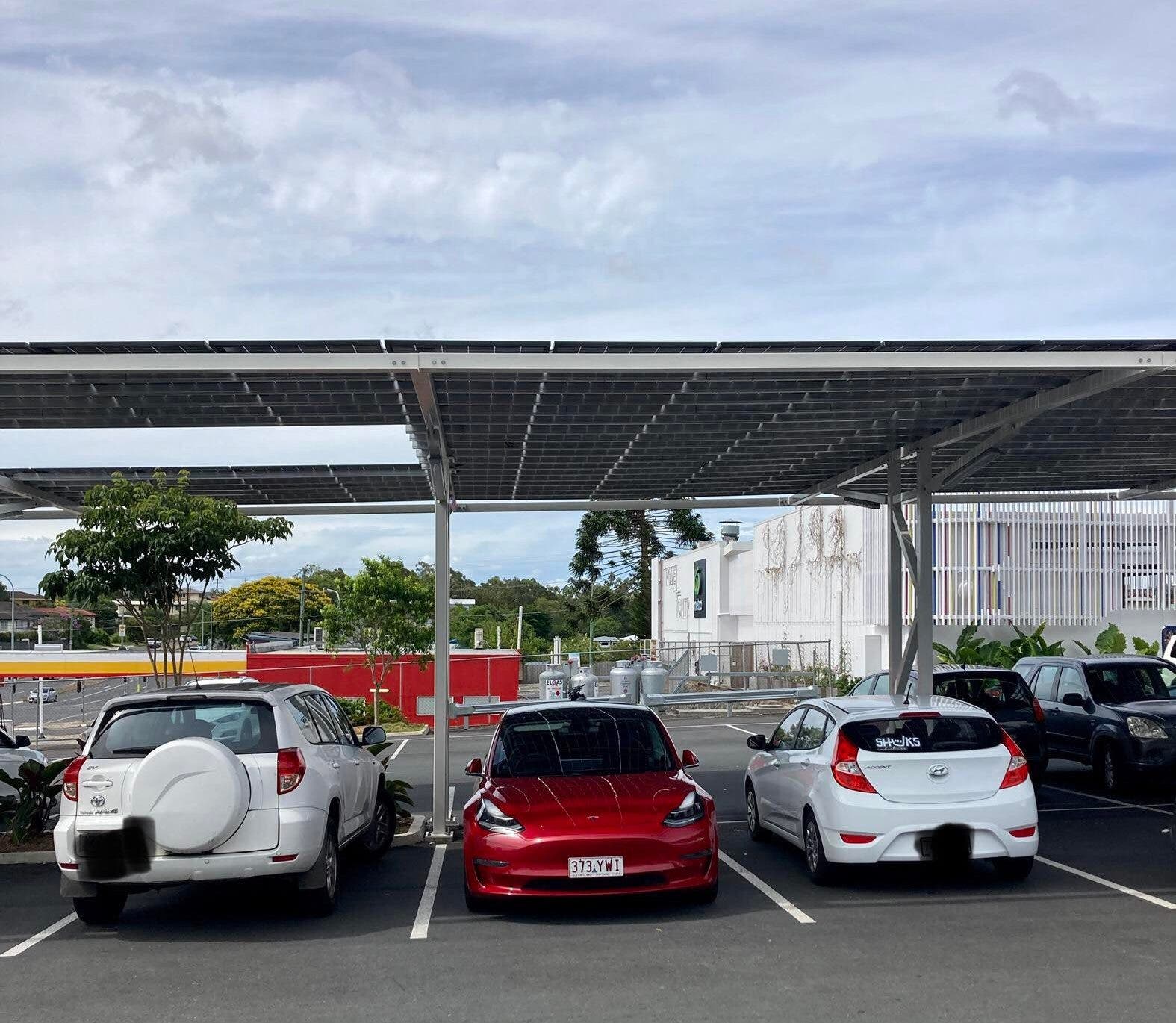Vehicle to Grid: Changes Down Under Ease Uptake – CleanTechnica




Sign up for daily news updates from CleanTechnica on email. Or follow us on Google News!
As climate change exacerbates natural disasters, it is good to see electric vehicle owners stepping into the breach to provide backup power in an emergency. We have read about EVs “keeping the lights on,” and even powering a dialysis machine, but can we use them effectively and regularly to support the grid? Can I power my house with an EV, not just use it to make my coffee and not just in an emergency? Is vehicle-to-grid truly achievable? Can I make money out of it? Some progress is being made since I last wrote about this.




Apparently, those who make the regulations believe that the answer to these questions is “yes,” and they are preparing the regulatory framework for a future when all this is possible by rewriting the Australian standards. “The relevant Australian standards are AS4777.1 and AS4777.2 and they deal with the installation and performance of inverters, which is what bidirectional chargers essentially are. The rewritten AS4777.1 standard is to be published in the third quarter of 2024 and the rewritten AS4777.2 standard before the end of the year.”
I was alerted to these proposed changes by Arran Blomfield of ReGen EV. He told me that, “The energy regulator is looking to have bi directional charging (vehicle to grid) approved by the end of this year, which means the AS3000 (covering wiring rules) should undergo alterations to include this as an inverter system.” The implications from this are enormous.




Australian standards are voluntary, but they often become mandatory when adopted by state and federal governments. After community consultation, a broad range of updates have been made to AS4777.1 and AS4777.2 to support the ongoing development of inverter energy systems, including solar and battery systems, according to an official statement from Standards Australia. “This is to support the emergence of a range of bidirectional EV charging options in the Australian market.”
The revisions will remove ambiguities and hence the need to negotiate with the many electricity distribution networks in Australia. A listing on the New Energy Tech Consumer Code (NETCC) database will facilitate installation.
Tim Washington, CEO of JET Charge, states: “The standard is one of the key roadblocks [to vehicle to grid] from a market participation perspective. The availability of vehicles and chargers are the others.” He and others in the industry expect that these changes to the standards will boost demand for V2G-compatible EVs and rooftop solar generation. They should make it easier to use the EV battery pack to power a home and also be able to feed the grid at peak times, generating an income for the EV owner.
While there are many possible scenarios, the ideal one would be where a homeowner has rooftop solar and a compatible EV. The car could be charged during the day from solar and then power could be fed into the grid when prices are at a maximum — the 5 pm to 8 pm peak. While about 30% of Australian homes have rooftop solar, most EVs sold in Australia are Teslas, which currently do not have vehicle-to-grid capability. This is changing rapidly as BYD takes more market share. BYD has V2L (vehicle-to-load) capability. No need to buy a home battery? Most of the electric models in the top ten sold in Australia have V2L capability — not just BYD, but Kia, Hyundai, and MG.
As Tim Washington of JET Charge points out above, Australia has a need for more vehicles with V2G compatibility, and the availability of chargers. I would add to that the need for renewable charging options during the solar peak.
Possible scenarios: I am a retiree with solar on the roof and a home battery. When the car is at home during the day, I can charge it using solar. If not, I fill my battery and charge the car in the evening. I own a Tesla Model 3 and so cannot export power from the car. Solution: buy a BYD (shock, horror!) — unless Tesla intends to move into this space with its more popular vehicles. Some cynical folks have suggested that Tesla does not do vehicle-to-grid because it wants to sell more Powerwalls. I have defended Tesla, saying that there were enough concerns about the batteries lasting the life of the car without the added strain of powering a house. Though, in my humble opinion, we are well past that concern now.
My children, on the other hand, are still working for a living in various roles that require them to commute using their cars. All still drive petrol- or diesel-powered cars. Their cars are parked at schools and railway stations. If they had EVs, they could not charge them during the solar peak. A solution here would be charging at school — most schools in Queensland have solar on the roof — or the building of solar canopies and charging facilities at commuter car parks. Both of these solutions are likely in the mid-term.




An interim profit maker might be charging the car from the grid overnight when (coal) power is cheap, then plugging the car into the house when you arrive home from work to power the house through the peak (expensive) times.
Although the rewritten standards are expected to spur the uptake of EVs and solar, it might take a couple of years before mass market adoption. As Tim Washington explains: “Most [bidirectional charger] manufacturers globally are still in testing phase with vehicle manufacturers. They are all proprietary systems. If you want open source where any inverter works with any cars, that is going to take a bit longer. I expect the first prototype units to arrive this year and then mass-market release next year.”
“I think it will basically contribute to someone’s decision to buy an EV,” he said. “If it’s the same price for a hybrid or an electric car … and the electric car is capable of powering your house, then you are going to pick the EV.”
There are still many questions to answer: Will there be lower priced bidirectional chargers? Note that the Wallbox Qasar 1 costing about AU$10,000 is the only one currently compliant. Will I be able to power my house with my Tesla? Is Australia taking the lead here — and will it influence other countries?
So, at this point in time, the majority of EV owners and also the general population are not able to take full advantage of the modifications to the Australian standards. However, it bodes well for the future that these issues are being dealt with early. As the financial benefits become more obvious, I am sure more and more Australians will take up the option of solar + EV + V2G. The future is bright, electric, and could be profitable.
Have a tip for CleanTechnica? Want to advertise? Want to suggest a guest for our CleanTech Talk podcast? Contact us here.
Latest CleanTechnica.TV Videos




CleanTechnica uses affiliate links. See our policy here.
CleanTechnica’s Comment Policy




